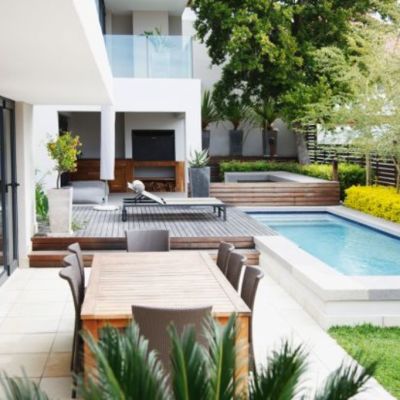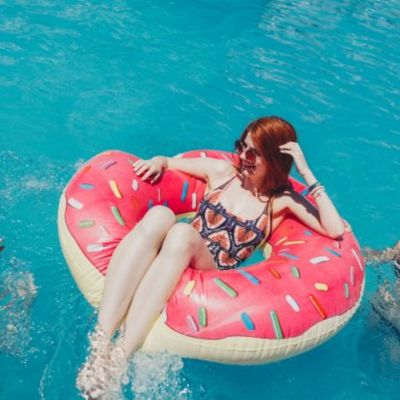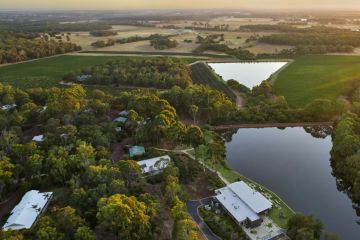Lure of the azure is irresistible: How pools are more accessible than ever
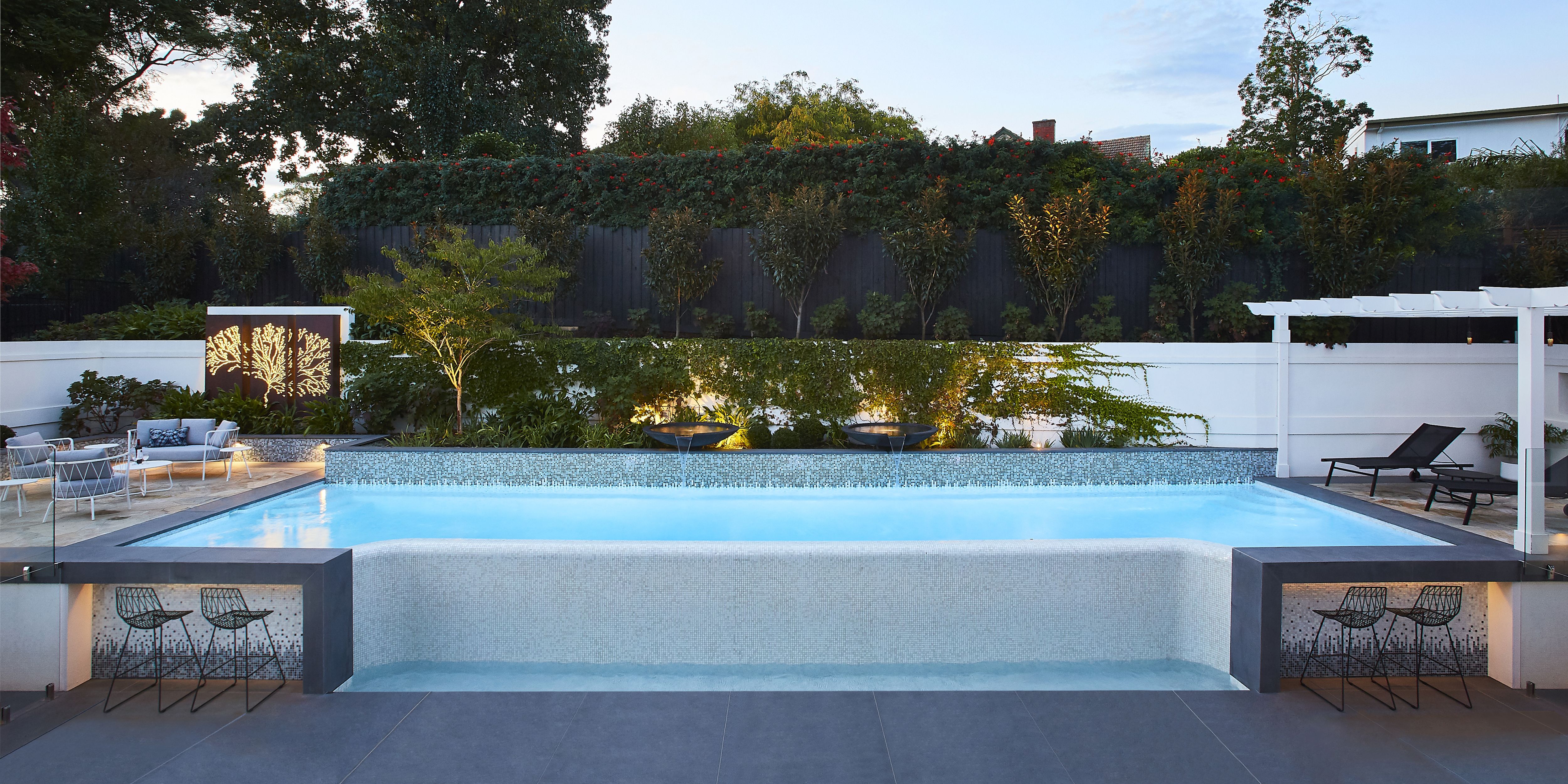
An aerial drone shot of any middle-ring Australian suburb often appears as a sapphire-studded scene due to the ubiquity of backyard swimming pools.
It’s been thus for three decades at least, with Queensland having by far the most – about 18 per cent of households there boast a private pool. Overall, Australia has 1.2 million backyard pools and, despite all the challenges of conserving increasingly valuable water, it’s set to continue to grow.
Chris Samartzis, chief executive officer of the Swimming Pool and Spa Association of Victoria – which just hosted the southern hemisphere’s largest expo of innovations in private water play facilities – acknowledges that while the popularity of the bubbling spa has taken a hit in recent years, the emphasis on indoor-outdoor lifestyles makes a pool of some type almost de rigueur – if, that is, you have the space, the desire, and can afford one.
Samartzis says, second only to having the perfect kitchen, “in a beautifully designed home, an outdoor entertainment zone and al fresco decking is very desirable, and part of that is a pool. Our industry has been flowing off that trend, and in the past five to 10 years has never been stronger, with the strongest growth in the outer corridor suburbs.”
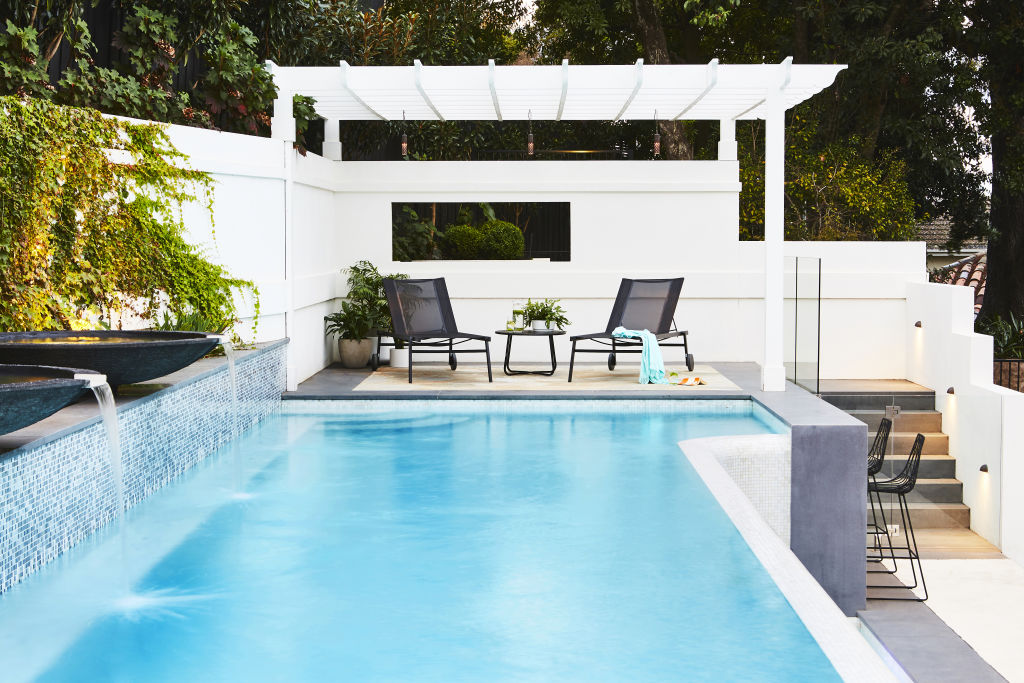
Although they are pricey, pools are becoming more accessible.
Fibreglass pools [$30,000-$60,000] are outselling concrete pools; 60 per cent of pool sales are for fibreglass models, compared to 40 per cent for concrete versions, Samartzis says.
The convenience of installing a functioning fibreglass pool within a matter of weeks is a big part of the appeal.
Depending on size – and contained plunge pools are becoming more popular – a concrete pool, which can see pre-fabricated shells craned into position, generally take longer and cost more.
“From $70,000 to $250,000, to $300,000 at the top of the range,” explains Samartzis.
Natural pools, that can be run without recourse to chlorine but, rather, are reliant on aquatic plants and other bio-filters such as sand, moss or gravel, are a gorgeous – if still marginal – part of the market.
Yet many of the issues they overcome, such as the use of chemicals and the wastage of water due to backwashing two to three times each year, are inspiring the industry to lift its game.
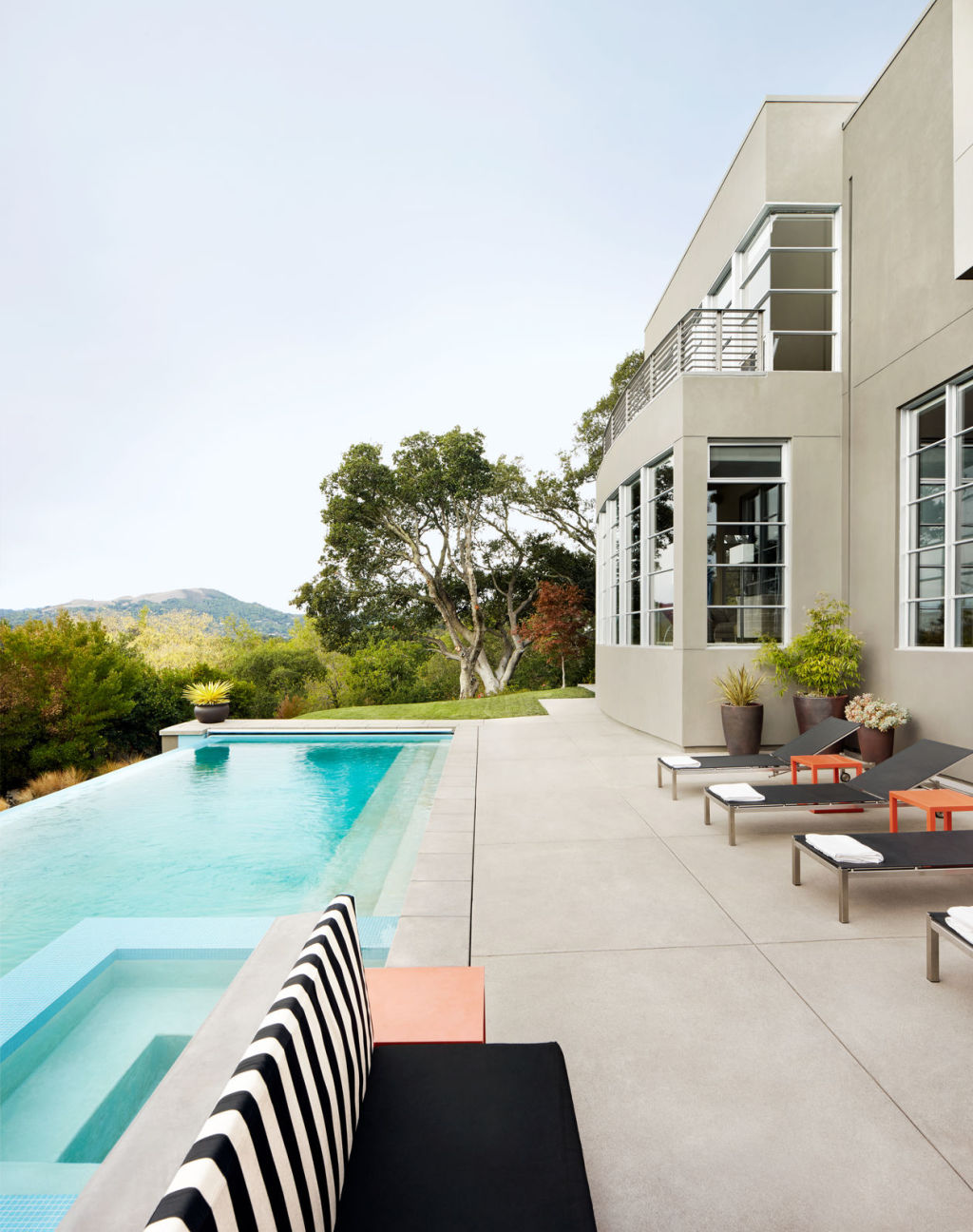
Samartzis says “serious research and development is being put into the industry with all sorts of interesting pre-filters becoming available.
“New chemicals are also bio-friendly, which means you can use the water on the grass if you want to. “There are many, many new innovations in the marketplace.”
Pool covers that reduce water evaporation rates and reduce the need for chemical additives are showing up as one of the most important extras with, “30 per cent of pools now having a cover,”
Samartzis says.
Some are fully automated and, to maintain the visual attraction of having a pool as a backyard water feature – and especially to work with the boundary-blurring illusion of infinity pools – translucent pool covers are becoming quite the thing.
Although this is without doubt a water-hungry industry, Samartzis says “it is also becoming one of the guardians of water sustainability. It’s a big part of what we are doing now.
“To capture the millennials, there is a massive drive for innovating and environmentally-friendly products.”
We recommend
We thought you might like
States
Capital Cities
Capital Cities - Rentals
Popular Areas
Allhomes
More

